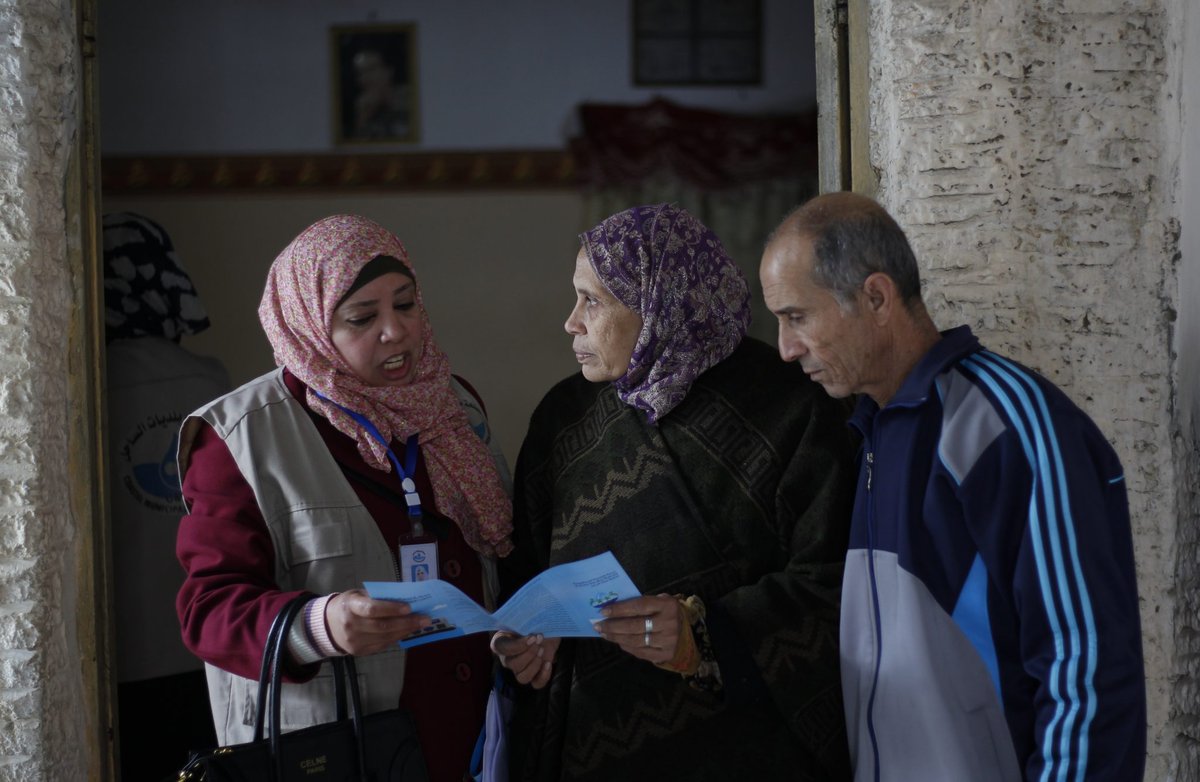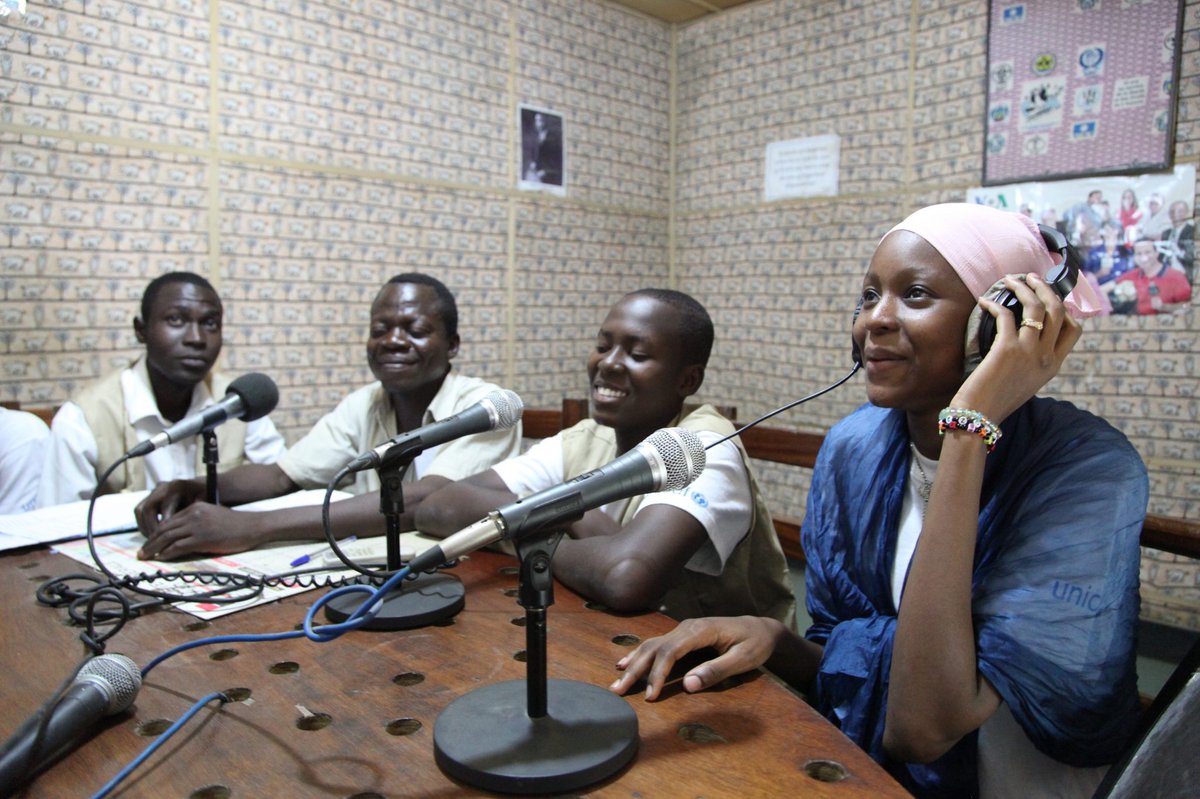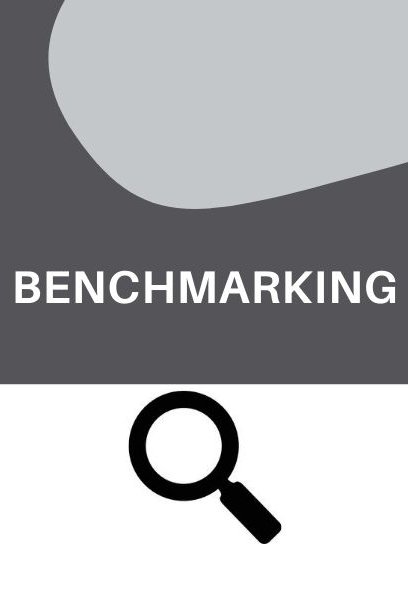UNICEF first UN agency to benchmark against the CHS
UNICEF first UN agency to benchmark against the CHS
January 2020. This article was originally written and published by the CHS Alliance.
By Charles-Antoine Hofmann, Senior Adviser, Accountability & Community Engagement, UNCIEF
To celebrate UNICEF’s trailblazing Core Humanitarian Standard (CHS) benchmarking, we interview Charles-Antoine Hofmann to hear what inspired this, and what the process revealed.
Why did UNICEF decide to undertake this process?
UNICEF works in more than 190 countries to save children’s lives, defend their rights, and help them fulfil their potential. The decision to undergo a benchmarking exercise against the CHS originated from UNICEF’s efforts to scale up Accountability to Affected People (AAP) throughout our programmes.
Initial conversations on improving AAP soon formalised into a road map with strong leadership endorsement. Our Regional and HQ Director identified as a first priority the need to conduct a benchmarking exercise, as a whole organisation, to know exactly where we were starting from.
So why benchmark against the CHS, a standard that is broader than just AAP, our original focus?
Well, we felt using the CHS was particularly important as it’s the norm in humanitarian sector, and something so many of our partners use. We knew we needed to show that applying the CHS is not just something we expect our partners to comply with, but something that we ourselves take seriously too.
This endeavour was also very timely, as we are currently revising our Core Commitments for Children in Humanitarian Action, which is our central policy for upholding the rights of children affected by humanitarian crisis. These revised commitments will have strong references to AAP and to the CHS.
We decided to benchmark against the CHS as we wanted to know our baseline, and make sure we practise what we preach.

How did UNICEF find the process?
UNICEF’s benchmarking exercise covered the entire organisation, at country, regional, and HQ levels. It also measured the organisations’ progress against CHS Commitments across humanitarian and development programmes. For the sampling, 12 country programmes were randomly selected – from South America, the Middle East, Africa and Asia Pacific – ensuring geographic and programmatic balance.
We found the process itself a strong one. HQAI, the independent audit organisation who conducted the benchmarking, offers a robust and independent assessment against the CHS. As auditors, they deliver reliable and representative results; credible measurements that we can share with our senior management. We found the anonymised sampling process worked really well; country colleagues felt they could talk freely. HQAI auditors also provided specific feedback directly to country offices, and this was seen as very helpful by country teams.
At a whole organisation level, benchmarking was an incredibly useful exercise to find out where we are. Although, like all improvement processes, there were some unforeseen challenges. For instance, we did underestimate the time it takes to support this type of process. On reflection, this makes sense as, after all it’s not a minor process to look at such a complex organisation such as UNICEF. The cost of the benchmarking was actually not huge – and it’s great that HQAI have a Subsidy Fund in place to support smaller NGOs to undergo independent verification or certification against the CHS – however, there is a large time implication. It’s a robust process, not to be taken lightly.
Overall, I would definitely recommend the process to any organisation.

What did UNICEF learn from the exercise?
We were unsurprised yet delighted to learn that UNICEF performs strongly at learning and continuous improvement (CHS Commitment 7). Benchmarking showed that UNICEF invests in action-oriented evidence gathering and results-informed programming. Our results highlighted that we use several mechanisms to record and share knowledge and experience throughout the organisation. We were also found to be a strong contributor to learning in the humanitarian sector and that we share our findings with external stakeholders.
However, there were two CHS Commitments in particular where we are weaker, these are Commitment 4 on communication, participation and feedback and Commitment 5 on complaints. For Commitment 4, while we have some strong examples of polices and approaches to participation in certain locations, there is a lack of systematic AAP effort across the whole organisation.
Turning to Commitment 5, UNICEF struggled to meet its commitment to implement robust complaints mechanisms for affected populations. Our complaints handling mechanism is not yet systematically documented and in place across the entire organisation, nor does it cover programming related complaints. Our weakness in this area reflects the sector as a whole.
For us, the lesson is that we’re struggling as much as others in the sector with some commitments, particularly Commitment 5 on welcoming and addressing complaints.

How does UNICEF plan to follow up the benchmarking results?
As a strong contributor to learning for the humanitarian sector, UNICEF is always keen to share its findings with external stakeholders. While we have not gone down the route of certification against the CHS at this time, we are ensuring that we follow up and act upon the learnings from this process. For us, this is producing a management response, which will outline a series of actions responding to our benchmarking results, agreed by those who commissioned the exercise.
Find the original article here.


Benchmarking
A one-time independent and objective diagnosis of the situation of one or a group of organisations with regard to the CHS, good practices or commitments. HQAI provides these services against the CHS, as well as against other standards, commitments and good practices.
Category